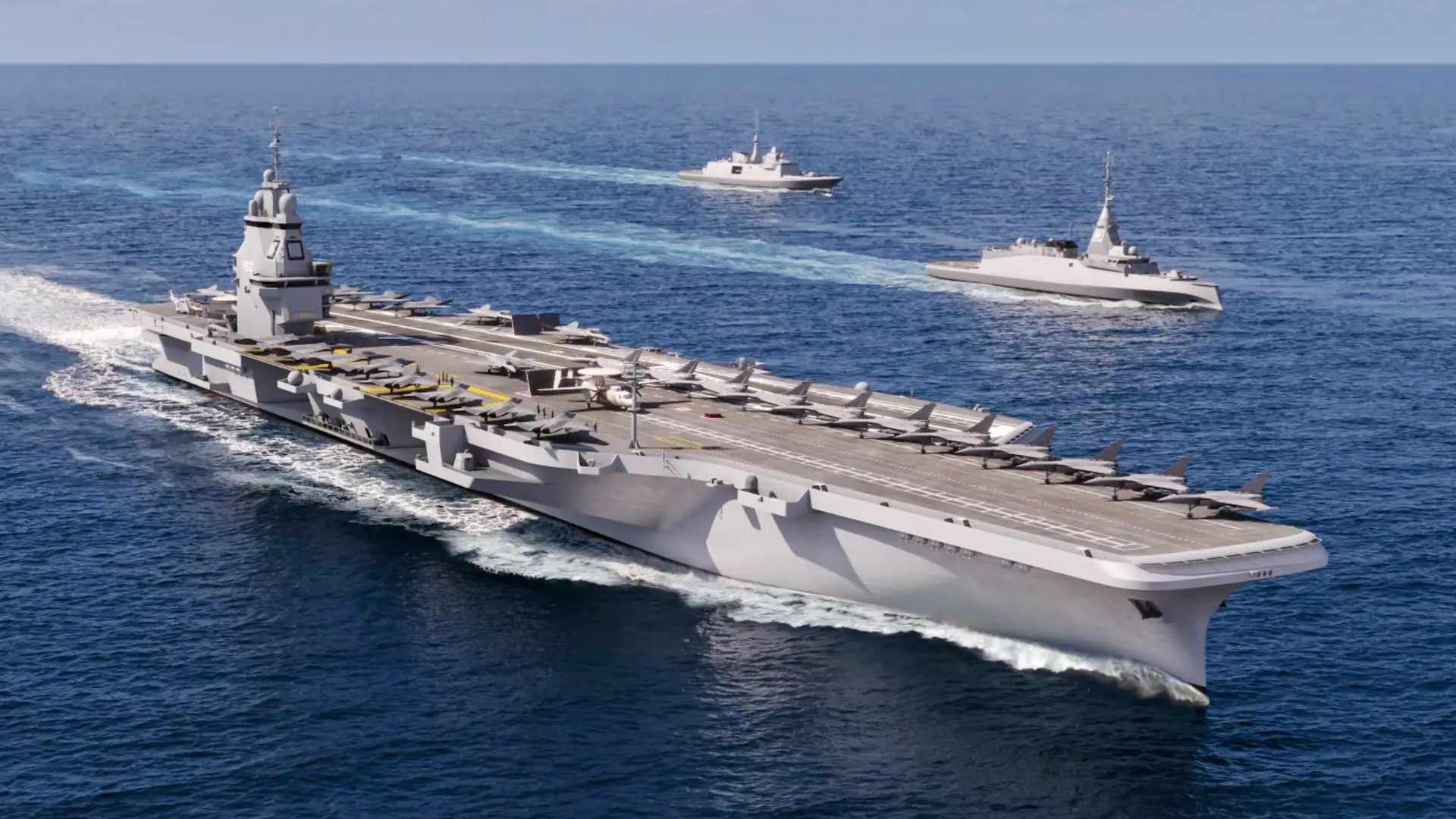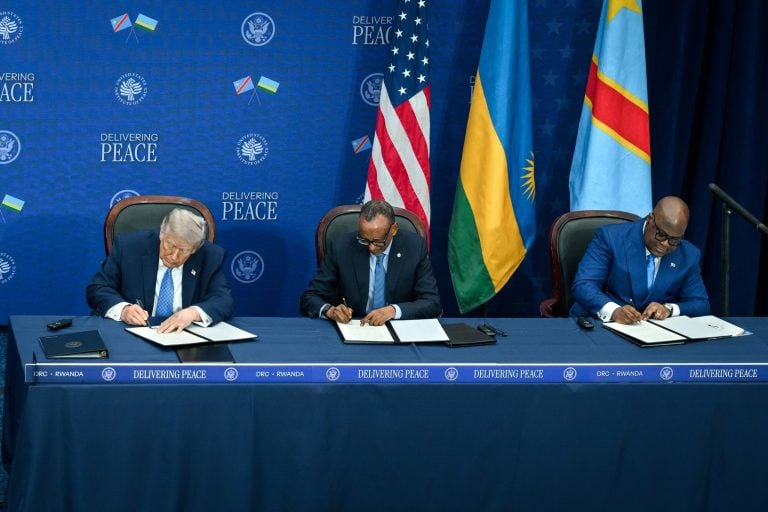France is advancing its naval capabilities by planning to purchase a third Electromagnetic Aircraft Launch System (EMALS) catapult track for its upcoming aircraft carrier, the Porte-Avions Nouvelle Génération (PA-Ng). The initiative is included in the proposed defense budget for 2026 and encompasses not only the EMALS track but also an upgrade to the vessel’s Combat Management System, which aims to integrate real-time operational data across various ship systems.
This acquisition is part of a broader strategy to enhance the capabilities of France’s future flagship by incorporating sophisticated US-made launch and recovery technologies, similar to those employed by the US Navy’s Gerald R. Ford-class aircraft carriers. Once completed, the PA-Ng will be the first French carrier to feature a fully electromagnetic launch and recovery suite, marking a significant transition from the traditional steam catapult system currently utilized on the Charles de Gaulle.
EMALS, developed by General Atomics, represents a cutting-edge approach to aircraft launching, replacing steam catapults with an electromagnetic linear motor. This technology not only allows for smoother acceleration and reduces airframe stress but also broadens compatibility with a diverse range of aircraft, including both traditional fighters and unmanned aerial vehicles. The PA-Ng is set to include three EMALS tracks alongside a three-wire arrestor system to facilitate flexible launch operations for both manned and unmanned aircraft.
Preparatory work for the integration of this technology has involved collaboration between French and US engineers, who have conducted compatibility tests on the EMALS system using Dassault Rafale M fighters and unmanned combat aerial vehicles at the US Navy’s testing facility in Lakehurst, New Jersey. Additionally, France’s domestic development efforts are progressing, with the naval shipbuilder Naval Group commencing early work on nuclear reactor modules and dock infrastructure, with substantial construction expected to escalate by 2026.















